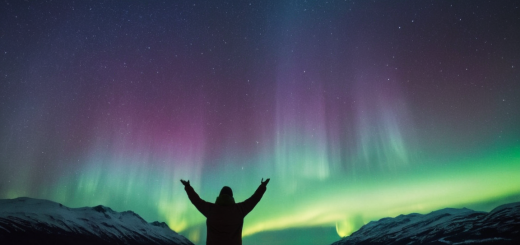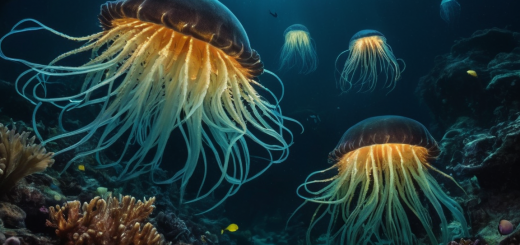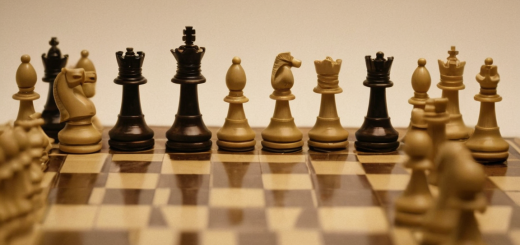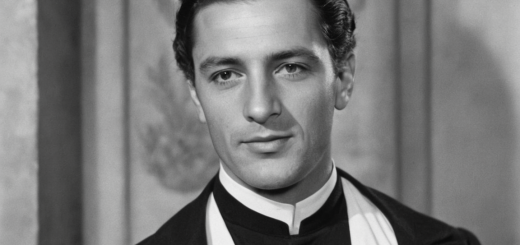Breaking Down the Buzz: How Deep Learning is Revolutionizing Image Generation
Exploring the Frontiers of AI: Deep Learning’s Impact on Image Generation
In the ever-evolving landscape of technology, deep learning has become a catalyst for transformative change, particularly in the field of image generation. Once the remit of sci-fi, AI-driven image creation is now a reality, offering possibilities that were previously unimagined. What does this mean for industries and creatives alike?
The Emergence of AI in Image Creation
The concept of artificial intelligence conjures visions of autonomous systems capable of performing tasks that typically require human intelligence. Image generation is no exception. At first, computers could only execute rudimentary graphics based on strict algorithms. Today, we are witnessing an era where AI, via deep learning, creates intricate visual content with minimal human input.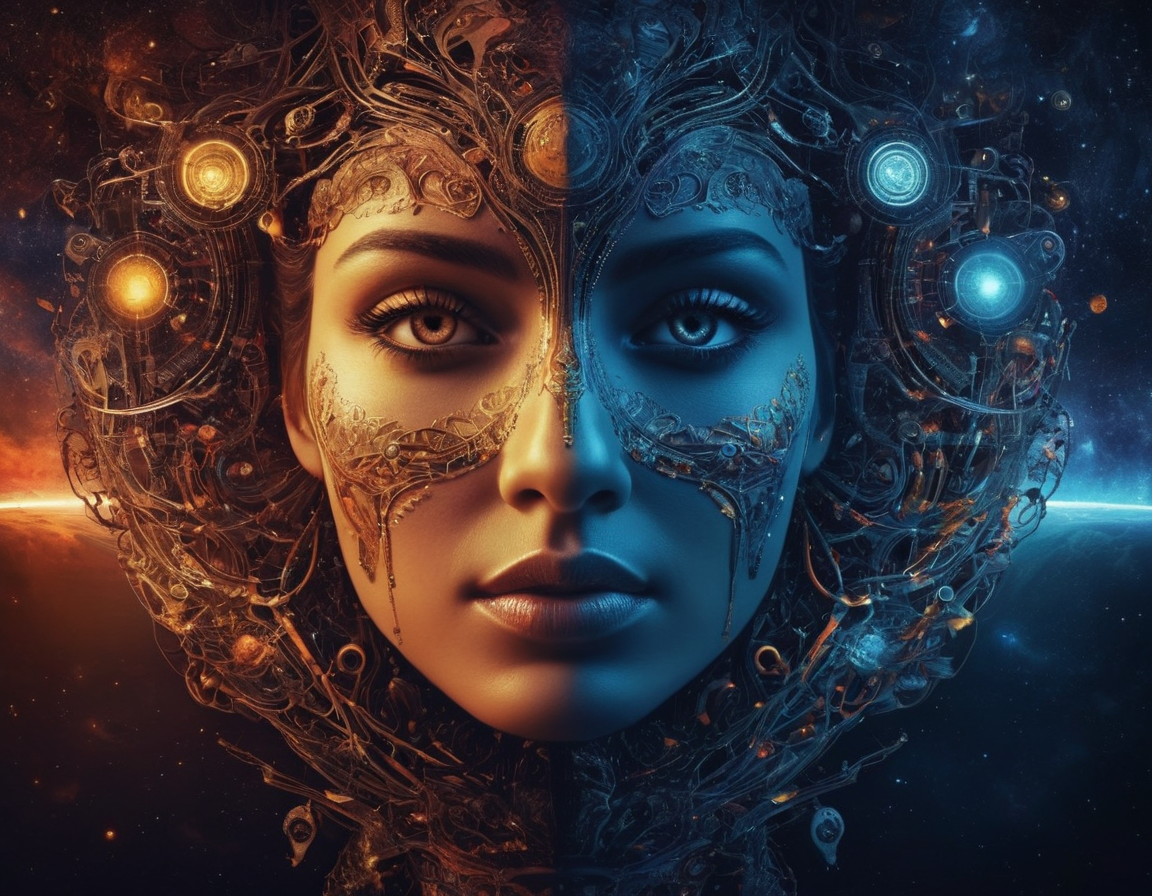
Current Relevance of Deep Learning in Image Generation
Deep learning, a subset of machine learning, uses neural networks with multiple layers to model complex patterns in data. When applied to image generation, tools like GANs (Generative Adversarial Networks) and VAEs (Variational Autoencoders), enable the synthesis of highly realistic images from textual descriptions – a feat particularly useful in art, design, and entertainment.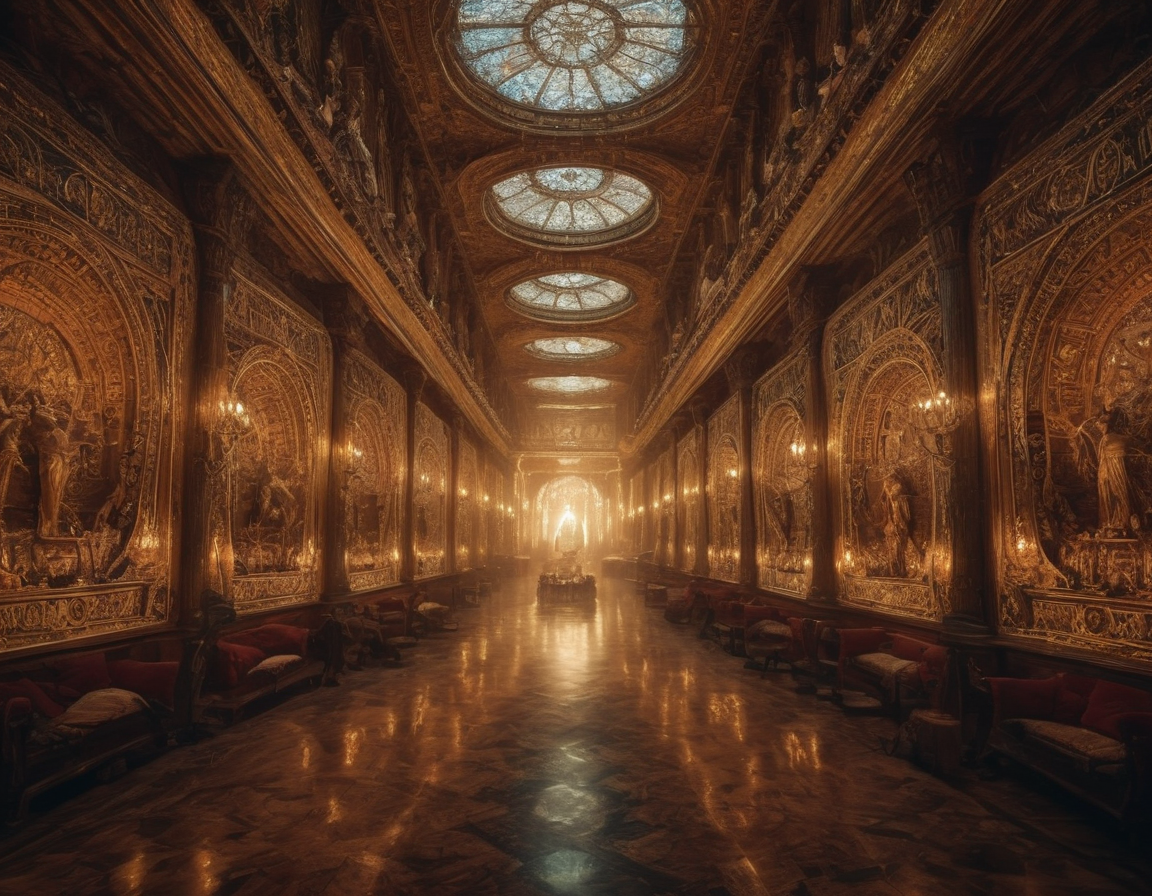
Expert Opinions on AI-Driven Creativity
Opinions are divided when it comes to AI and creativity. Some experts believe that AI could never replicate the emotional depth and contextual understanding of human artists, while others argue that AI opens up new creative domains that humans could explore. As algorithms grow more sophisticated, the line between AI and human creativity blurs, raising important questions about authorship and originality.
‘AI is not just a tool; it’s a collaborator.’ – Jun Abe, AI Researcher
Real-World Impact of AI on Visual Content Creation
AI image generators are not mere novelties. They offer practical benefits such as expediting design processes, offering countless iterations at the click of a button, and even inspiring human artists by proposing unexpected visual forms. Industries from marketing to video game development are leveraging these AI capabilities to create captivating visuals that engage audiences.
The Future Outlook of AI in Art and Design
As algorithms grow more intuitive and the public becomes more accepting of AI-generated content, the future might see collaborations where AI acts as an assistant to human creativity. The potential of this technology is vast, and its progression will surely redefine the boundaries of art, design, and beyond.
Only time will tell how deep learning will continue to shape the visual landscape of our world. Its trajectory presents an exciting journey that will unravel new creative opportunities, challenge the conventions of aesthetics, and reshape how we perceive the role of technology in art and imagery.
Stay tuned to this space for more updates on the ever-changing world of AI-driven image generation. Share your thoughts and join the conversation about how deep learning is transforming the creative industry. 

